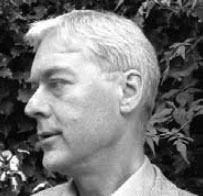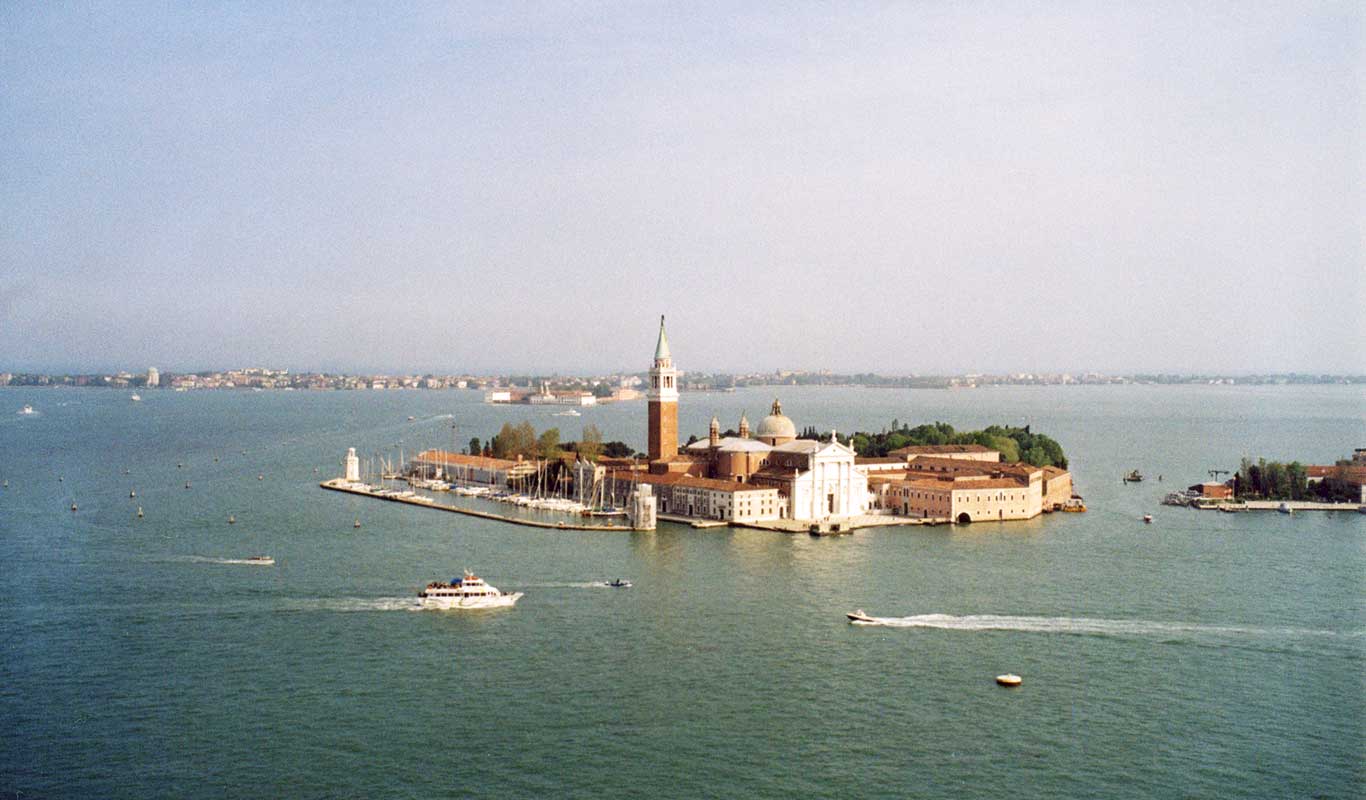Charlie Paton

Charlie Paton studied first at the Guildford School of Art and then at Central School of Art and Design in London. Working his way through Col ege as a lighting electrician - starting his career with ITN as a studio assistant on the Apol o 11 launch (1969) - he went on to become a lighting designer and inventor / maker of special effects, and has designed the lighting for over two hundred productions, primarily in Europe and N America. In 1976 he developed a concept for moving lights by remote control. A patent was granted and Light Works Limited was established in 1979 to manufacture and market the system.
The ‘Lightscan’ was lanched on the final World tour of the WHO and was subsequently refined to create an entire rig of robotic luminaires and cameras for the musical 'Starlight Express' in 1984. Charlie then licenced the manufacturing and marketing rights to Strand Lighting.
He has since developed a highly regarded track record in innovation, research and development. New product developments representing World firsts in their particular markets include:
High Intensity, Daylight Projectors, for Hasselblad, Kodak and Teatro projectors.
Integrated touch free water heating and sterilising Washstand (Wel come Trust)
Lighting and Exhibit design for 'Science for Life' A permanent exhibition at the Wel come Trust headquarters in London.
James Turrel , projector and light instal ations in some 30 gal eries and museums worldwide.
The Seawater Greenhouse.
Charlie's broad understanding of a range of technologies and the intricate mechanism of photosynthesis lead to the concept for the Seawater Greenhouse. He initiated the project and has been actively engaged in it's development. He gained European Commission support for the first R&D and demonstration pilot in Tenerife.
He has designed and supervised the construction of two further Seawater Greenhouses in Abu Dhabi and Oman which are currently undergoing crop trials.
Outside interests include; music, travel, and forestry. He owns and manages a 12 hectare ‘Site of Special Scientific Interest’ forest of ancient woodland in Sussex.
The Sahara Forest Project – a new source of fresh water, food and energy
TheSahara Forest Project aims to provide a new source of freshwater, food andrenewable energy in hot, arid regions, as well as providing conditions that enable re-vegetating areas of desert. The Sahara is used here as a metaphor for any desert that formerly supported vegetation and could do so again, given sufficient water.
The lack of fresh water is the root cause of much suffering and poverty. Present methods of supply in arid regions include; over-abstraction from ground reserves, diverting water from other regions and energy-intensive desalination. None of these are sustainable in the long term and inequitable distribution leads to conflict. Climate change is tending to make dry areas drier and wet areas wetter. Since the 1980’s, rainfall has increased in several regions, while drying has been observed in the Sahel, the Mediterranean, southern Africa, Australia and parts of Asia.
The growth in demand for water and increasing shortages are two of the most predictable scenarios of the 21st century. Agriculture is a major pressure point. A shortage of water will also affect the carbon cycle as shrinking forests reduce the rate of carbon capture, and the regulating influence that trees and vegetation have on our climate will be disrupted, exacerbating the situation further. Fortunately, the world is not short of water, it is just in the wrong place and too salty. Converting seawater to fresh water in the right places offers the potential to solve all these problems.
This ambitious proposal combines two established technologies – the Seawater Greenhouse and Concentrated Solar Power – to achieve highly efficient synergies. Both processes work optimally in sunny, arid conditions. Seawater Greenhouses have been built in some of the hottest regions on earth, Abu Dhabi and Oman for example, where they create freshwater from seawater, while providing cooler and more humid growing conditions, enabling the cultivation of crops all year round.
Concentrated solar power is increasingly seen as one of the most promising forms of renewable energy, producing electricity from sunlight at a fraction of the cost of photovoltaics. The process uses mirrors to concentrate sunlight to create heat which is used to drive conventional steam turbines to generate electricity. Less than 1% of the world’s deserts, if covered with concentrating solar power plants, could produce as much electricity as the world now uses. By combining these technologies there is huge commercial potential to restore forests and create a sustainable source of fresh water, food and energy.
The scheme is proposed at a significant scale such that very large quantities of seawater are evaporated. Given that what goes up must come down, every drop of water evaporated will contribute to rainfall -somewhere. A 10,000 hectare area of Seawater Greenhouses will evaporate a million tonnes of seawater a day. If the scheme were located upwind of higher terrain then the air carrying this ‘lost’ humidity would be forced to rise and cool, contributing additional water to the mist or cloud. By using a location that lies below sea level, seawater pumping costs may be eliminated. There are a number of large inland depressions in Egypt, Libya, Tunisia andEritreafor example. In each case, the prevailing wind direction is from the sea to the mountain areas inland.
Currently there are some 200,000 hectares of conventional greenhouses in Mediterranean region and this area has been growing at around 10% a year. Most of these, if not all, face water quality and availability issues and indeed many contribute to the depletion of ground water. By using greenhouses to create fresh water from seawater, the problem is reversed.





